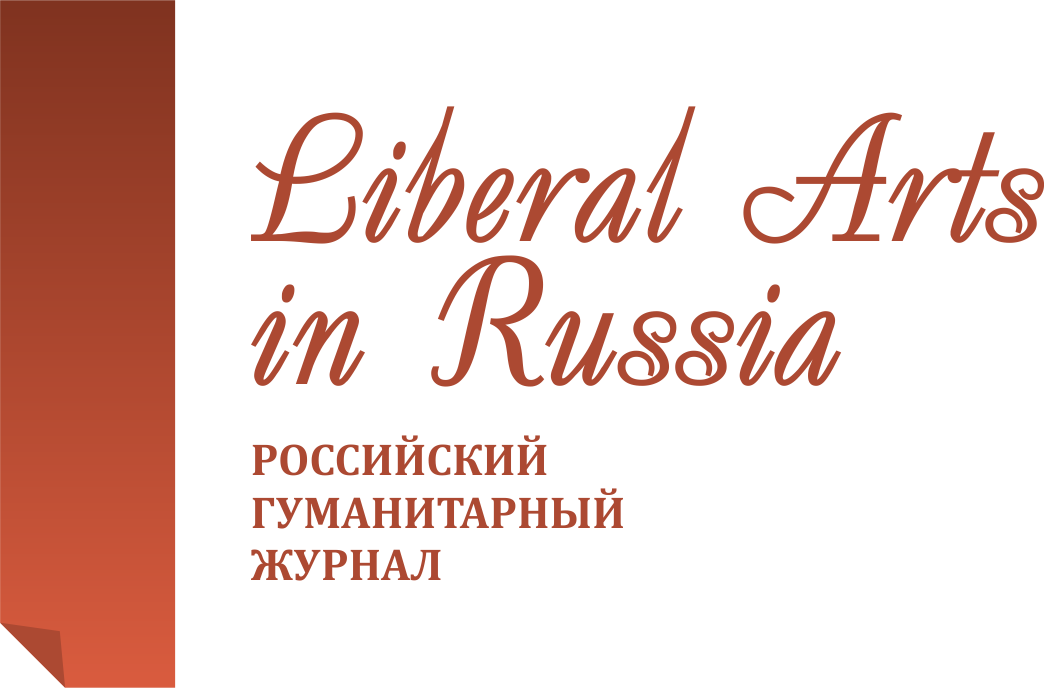Structural and semantic features of neologisms in modern Chinese
Liberal Arts in Russia. 2017. Vol. 6. No. 2. Pp. 154-164.
Get the full text (Russian) Email: ekaterina.sviridova@vvsu.ruAbstract
The author of the article deals with the main issues of Chinese neologisms formation. Language is a complex and dynamically developing system. Vocabulary is one of the most unstable and changeable layers of a language; it is highly sensitive to any changes in the society. In the study, a number of neologisms found in Chinese dictionaries of neologisms published in 2012-2015 is analyzed. The research is based on the concept of linguistic motivation, which distinguishes three levels of motivation of lexical units: phonetic, morphological and semantic. Phonetically motivated lexical units under the examination are phonetic borrowings and homonymous lexical units. On the morphological level, such productive ways of word formation were analyzed as compounding, derivation, and such phenomena as acronyms and lettered words. Special attention is paid to the study of Chinese semantic word-formation where metaphorization plays an important role. The specific feature of Chinese metaphors is that abstract concepts are expressed with the help of concrete words, which is explained by national and cultural peculiarities of the Chinese language. Chinese native speakers perceive the world through concrete images that is conditioned by the Chinese language typology and the hieroglyphics.
Keywords
- • Chinese
- • linguistics
- • neologisms
- • linguistic view of the world
- • linguistic motivation
- • semantic structure
- • lettered words
- • borrowings
- • homonyms
References
- 陈原, 语言与社会生活. 北京: 生活•读书•新知三联书店, 1999. 122 页.
- Khamatova A. A. Mat-ly X mezhdunarodnoi konferentsii "Kitaiskoe yazykoznanie izoliruyushchie yazyki", Moscow: 20-21 iyunya, 2000. Moscow: Institut yazykoznaniya RAN, 2000. Pp. 179-183.
- 汉语新词语: / 侯敏,邹煜主编. 北京:商务印书馆出版, 2013. 255页.
- 汉语新词语: / 侯敏,邹煜主编. 北京:商务印书馆出版, 2014. 172页.
- 汉语新词语: / 侯敏,邹煜主编. 北京:商务印书馆出版, 2015. 178页.
- 汉语新词语: / 侯敏,邹煜主编. 北京:商务印书馆出版, 2016. 190页.
- Sossyur F. de. Kurs obshchei lingvistiki [Course in General linguistics]. Ekaterinburg: izd-vo Ural'skogo un-ta, 1999.
- Zhao Hong, Zhao. An English-Chinese Contrastive Study of Lexical Motivation. Shanghai: Shanghai Foreign Language Education Press, 2013.
- 张永言, 关于词的"内部形式". 语言研究. 1981. No. 1. 页 23-28.
- Ullmann S. Semantics: An Introduction to the Science of Meaning. Oxford: Basil Blackwell, 1962.
- 许余龙, 对比语言学概论. 上海: 上海外语教育出版社, 1992. 395页.
- Semenas A. L. Leksika kitaiskogo yazyka [The vocabulary of the Chinese language]. Moscow: Muravei, 2000.
- 冯志伟, 汉字和汉语的计算机处理. 当代语言学. 2001. No. 1. 页 5-25.
- Khamatova A. A. Omonimiya v sovremennom kitaiskom yazyke [Homonymy in modern Chinese]. Moscow: AST, 2006.
- 王德春, 语体略论. 福州: 福建教育出版社, 1987. 184 页.
- Gorelov V. I. Leksikologiya kitaiskogo yazyka [Lexicology of the Chinese language]. Moscow: Prosveshchenie, 1984.
- Klenin I. D. Trudy instituta. Ser. "Inostrannye yazyki". 1969. No. 5. Pp. 198-207.
- Lavrenyuk E. V. Nauchnyi dialog. 2016. No. 7(55). Pp. 56-67.
- Solntseva N. V. Kitaiskoe yazykoznanie. Izoliruyushchie yazyki: Mat-ly XI Mezhdunarodnoi konferentsii, Moscow: 25-26 iyunya 2002. Moscow: Institut yazykoznaniya RAN, 2002. Pp. 231-234.
- 杜思民, 论英语首字母缩略语及其零翻译类型. 外语学刊. 2010. No. 5. 页113-115.
- Markina K. A. Novye tendentsii v razvitii kitaiskoi leksiki: bukvennye slova kitaiskogo yazyka kak proyavlenie ego integratsii s elementami inoi tipologii: dis. ... kand. filol. n. Moscow, 2008.
- Lakoff Dzh., Dzhonson M. Metafory, kotorymi my zhivem [Metaphors we live by]. Moscow: Editorial URSS, 2004.
- Lin' Yuitan. Kitaitsy: moya strana i moi narod [Chinese: my country and my people]. Moscow: Vost. lit., 2010.
- Khao Ts., Kosheleva E. Yu. Molodoi uchenyi. 2015. No. 11. Pp. 1701-1703.
- Krinitskaya M. Yu. Vestnik TsMO MGU. 2014. No. 4. Pp. 74-79.
